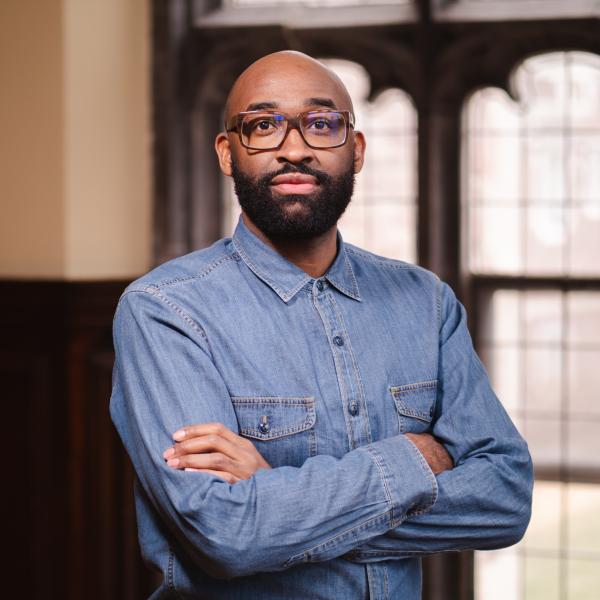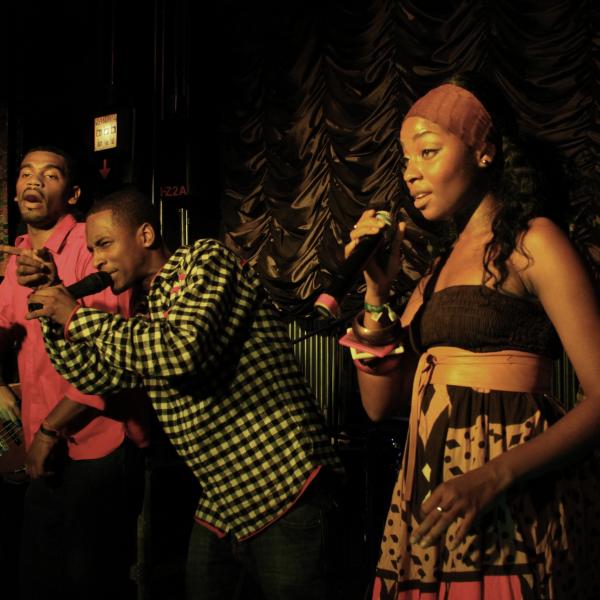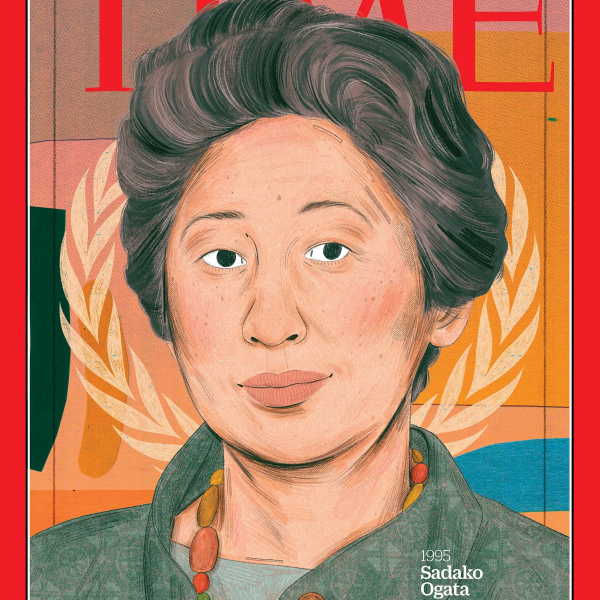After our discussion with Professor Wald on Friday morning, I found myself returning to the complexity of Marvin Gaye as a man and as a performer. Several people in class mentioned the different ways in which they thought of the man, from politically-conscious soul singer to steamy songwriter/performer. When students are doing research on a famous figure from history and trying to think of the person in terms of legacy within a cultural/historical context, I often advise them to try to find an obituary. I took my own advice in trying to examine Marvin Gaye as an iconic figure.
Of course, in the case of Marvin Gaye, due to the violent nature of his death, instead of his passing being reported in the obituary section, it was front-page news in The New York Times on the morning of his murder, April 1, 1984. The headline was, "Marvin Gaye is Shot and Killed; Pop Singer's Father Faces Charges." His music is described as blending “the soul music of the urban scene with the beat of the old-time gospel singer.” In the article, his career is described in stages, beginning with his big breakout hit on Motown, “I Heard it Through the Grapevine,” followed by his collaborative work with Tammi Terrell, followed by his groundbreaking album, What’s Going On, ending with the final stage, in which his fame was renewed with “several sexually explicit hits” that won him two Grammy awards.
His life is described quite tragically. Of particular note is the work he did with Tammi Terrell, with whom he was very close. Not only did she collapse on stage as the first sign of her brain tumor, she collapsed in Marvin’s arms at a concert in which they performed together. She died three years later, and Marvin “retreated from the limelight” for a period of time after this.
 The writer argues that Marvin’s seminal work is the album What’s Going On, described as “the first collection of protest material from a major black pop singer” that was a departure for Motown, which fans expected to produce “danceable love songs, rather than social commentary.”
The writer argues that Marvin’s seminal work is the album What’s Going On, described as “the first collection of protest material from a major black pop singer” that was a departure for Motown, which fans expected to produce “danceable love songs, rather than social commentary.”
In light of all of this, I find myself returning to elements of the “Jazz Fiction Hero” we discussed with Prof. Griffin. Drug abuse, genius, tragedy, and mythological characteristics seem to describe the life of Marvin Gaye as well. And because he died so young and so tragically, it seems as though he truly does become this larger-than-life figure in our collective memory.
-- Angela Watson



